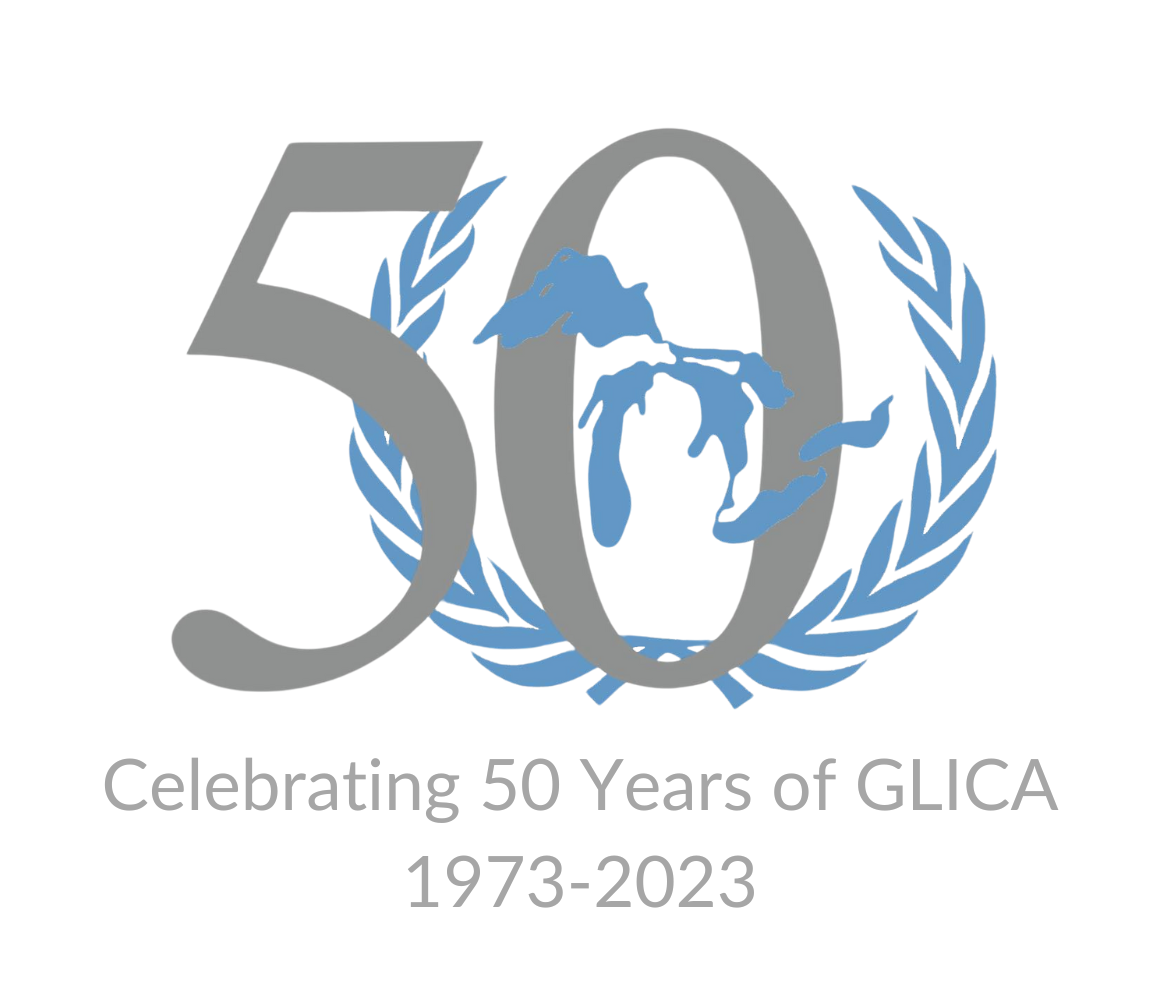Since the fall of Muammar Gaddafi, Libya has been a powder keg. Alternating between ongoing stretches of outright civil war and fleeting periods of stability and progress, the country has failed to meet the optimistic expectations of the 2011 Arab Spring. The arc of the conflict can be broken into two distinct parts – the 2011 Revolution and Civil War which led to the removal of Gaddafi, and a Second Civil War which broke out in 2014. The story of the first is well-known, and ended with disparate rebel forces being consolidated into the National Transitional Council (NTC), recognized by the UN in September as the legitimate government of Libya. Despite the advent of the NTC, many differences between these rebel groups remained unresolved, sowing the seeds of a second civil war. As a result of elections in 2012, Libya as of early 2014 was governed by the General National Congress (GNC), a broad popular front composed of an uneasy alliance of Islamists affiliated with the Muslim Brotherhood, and more secular moderates. The Islamists began to exert greater control over the government – voting to reinstitute sharia law, among other measures – and this resulted in secular-leaning General Khalifa Haftar launching a major military offensive aimed against the Islamists, code-named Operation Dignity.
Shortly thereafter, the GNC held new elections, which resulted in defeat for the Islamists; they subsequently refused to recognize the new House of Representatives (HoR), believing it to be dominated by former Gaddafi loyalists. Seizing Tripoli International Airport, they forced the HoR and Haftar’s forces to relocate to Tobruk. A ceasefire was signed in January 2015, and by the following December, a new unity government – the Government of National Accord (GNA) – was formed. After six months, however, Haftar and the HoR withdrew their support for the GNA and began moving their forces against their GNC rivals. Adding to the chaos was the rise (and later fall) of Islamic State forces in Libya over the course of 2016. As of September 2019, Haftar and the forces of the Libyan National Army (LNA), aligned with the Tobruk-centered HoR faction, have the upper hand. They have been laying siege to Tripoli off-and-on since April. Despite only exercising tenuous control over the capital, the GNA is still recognized by the international community as the legitimate government of Libya. Other countries in the region have been pulled into the conflict, either actively or through expressions of support – Saudi Arabia, the UAE, Egypt, Sudan, and Jordan on the side of the HoR, and Turkey and possibly Qatar on the side of the GNA.
Thousands of Libyans have been left internally displaced – many without access to basic services like electricity, water and healthcare. And today, lacking formal a single unified government, militias and armed groups, many with links to one of the two competing governments, exert control over large swaths of the country performing unlawful killings, acts of violence, disappearances, seizure of property and arbitrary detention. These forms of so-called “justice” exist while the official courts and legal system are largely too weak to function in a fair or timely manner. Abuse by these groups is not limited to Libyans, but has also affected refugees and migrants traveling through Libya’s borders, seeking safety and asylum in Europe. A new political settlement will be necessary – while secular forces may be in the driver’s seat, the Islamists aren’t going anywhere, and any lasting resolution to this conflict will have to take steps to accommodate both parties. In order to properly resolve this crisis, all of these facets must be taken into account and addressed, lest the Second Libyan Civil War stretch long into the next decade.


